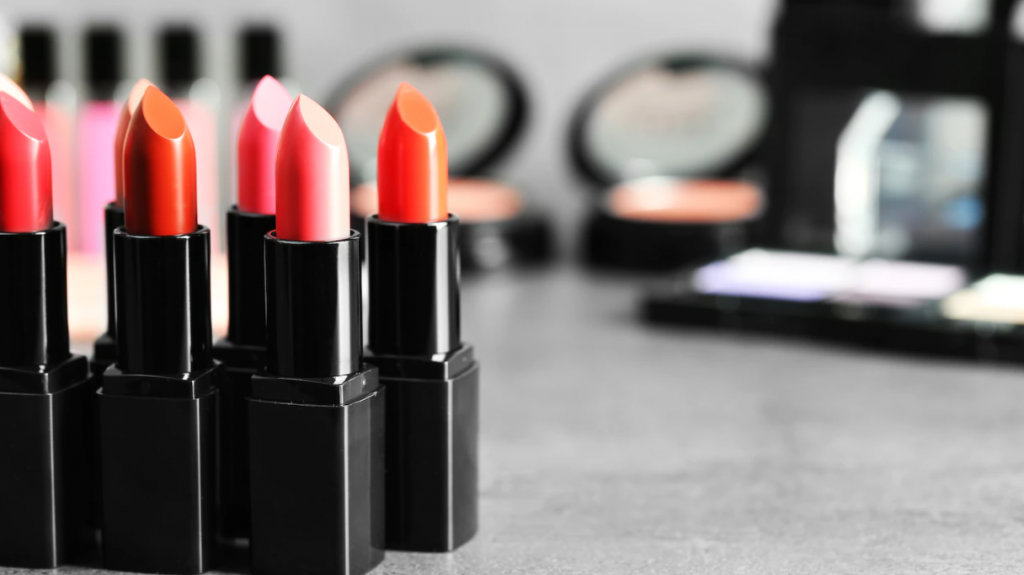Heat Treatment

Whether lipstick or chocolate praline, hot air is ideal for refining food and cosmetic products and is used in many different ways.
Hot Air Treatment
In the manufacturing of lipsticks, the various substances such as wetting agents, mostly consisting of a plant-based gel; wax such as carnauba or beeswax; and pigments, often made from iron oxide, are mixed together and melted.
In one of the last steps of the shining process, the surface of the lipstick is heated with hot air generated by a hot air blower. This gives lipstick its characteristic, seductive shine before it is closed with a lid and finally packaged.
In chocolate pralines the ingredients are different, but the process in the production line is the same. Hot air blowers are used to slightly heat the matte chocolate surface, giving it a shiny finish.
In chocolate pralines the ingredients are different, but the process in the production line is the same. Hot air blowers are used to slightly heat the matte chocolate surface, giving it a shiny finish.

Roast Coffee
Coffee usually comes as raw beans from the country of origin. Either in the classic jute bags or as bulk goods in containers. The beans are only roasted in the destination country.

Roasting turns the red fruit with a green coffee core into the well-known brown coffee bean. The roasting process itself takes place at temperatures between 200°C and 400°C or 392 °F and 752 °F, depending on how quickly the roasting process should be completed and roaster dimensions. The heat causes the bean to change colour from green to dark brown. The bean’s own weight can be reduced by up to almost 20 % (also known as burnt-in). In this process the beans are roasted with a stream of hot air – generated by Leister hot air blowers.
